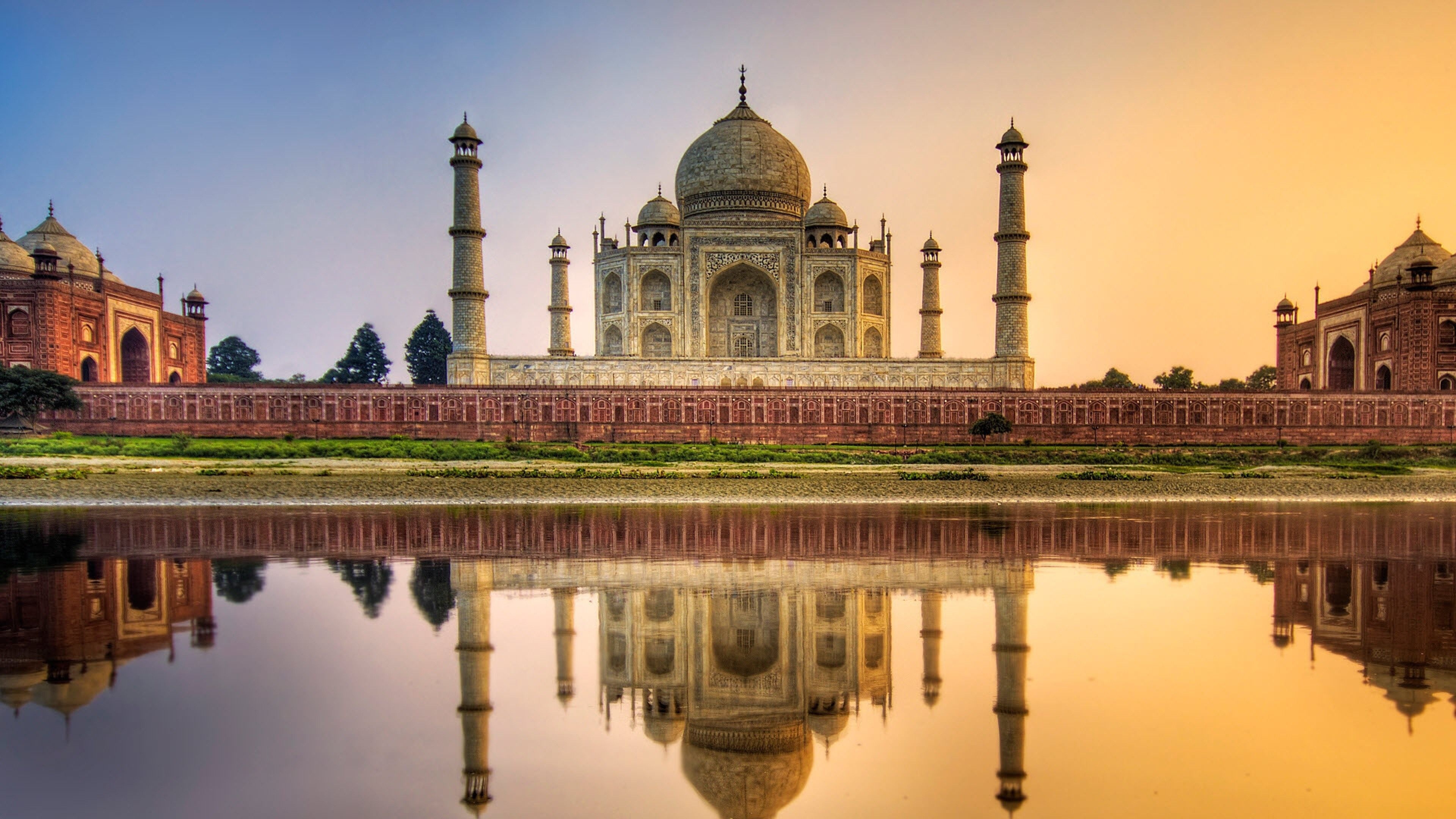


Overview
The Taj Mahal, located in Agra, Uttar Pradesh, is one of the most iconic historical and cultural destinations in the world. Recognized as a UNESCO World Heritage Site, this architectural masterpiece was built by Mughal Emperor Shah Jahan in memory of his beloved wife Mumtaz Mahal. Renowned for its pristine white marble, intricate carvings, and symmetrical gardens, the Taj Mahal is a symbol of eternal love and one of the Seven Wonders of the World.
Visitors from across the globe are captivated by its stunning sunrise and sunset views, delicate inlay work, and majestic reflection in the Yamuna River. Beyond its romantic legacy, the monument showcases the brilliance of Mughal architecture, blending Persian, Turkish, and Indian design influences. A trip to Agra is incomplete without experiencing the timeless beauty and cultural significance of the Taj Mahal, making it a must-visit for history enthusiasts, photographers, and travelers alike.
Top Destinations
Discover the timeless beauty of the Taj Mahal in Agra – a UNESCO World Heritage Site, symbol of love, and one of the world’s greatest cultural landmarks.
Free Ask Question?
Q1: Why is the Taj Mahal considered a historical and cultural destination?
A1: The Taj Mahal reflects Mughal art, history, and cultural heritage. Built in the 17th century, it is a symbol of love, architectural brilliance, and India’s rich past.
Q2: What is the best time to visit the Taj Mahal?
A2: The ideal time is between October and March, when the weather is pleasant. Early mornings and evenings are recommended for the best views.
Q3: How much time does it take to explore the Taj Mahal?
A3: On average, visitors spend around 2–3 hours exploring the monument, gardens, and museum within the Taj complex.
Q4: Are there any entry restrictions for tourists?
A4: Yes. Large bags, food items, and drones are restricted. Only small handbags, cameras, and essential items are allowed.
Q5: What other attractions can I visit near the Taj Mahal?
A5: Nearby attractions include Agra Fort, Mehtab Bagh, Itmad-ud-Daulah’s Tomb, and Fatehpur Sikri, all offering rich historical and cultural experiences.
